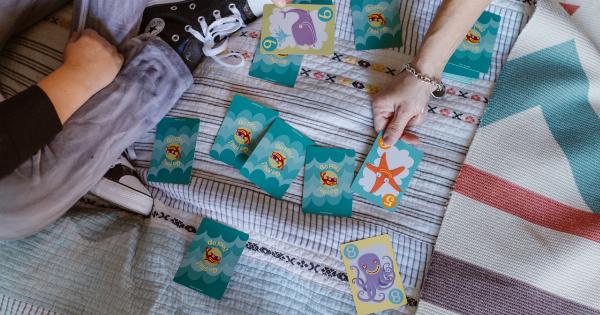As a parent, it can be heart-wrenching to even consider the idea of completely severing ties with your own child.
However, there may come a point where the relationship has become so toxic or damaging that it is necessary for both parties to move on for the sake of their own wellbeing. While this is never a decision to be made lightly, if you have reached the conclusion that it is the right choice for you, there are steps you can take to make the process as smooth and respectful as possible.
Here are some tips for severing ties with your offspring for good:.
1. Reflect and Seek Professional Help
The decision to cut ties with a child should not be taken lightly. It’s important to take the time to reflect on why you feel the need to sever the relationship and to consider the long-term consequences of this decision.
If you have already done this and are certain that it is the best course of action, then seeking professional help could be beneficial. This can include talking to a therapist, counselor, or even a support group for parents who have gone through similar experiences.
Having someone to talk to who can provide unbiased guidance and support can make a big difference in navigating this difficult process.
2. Be Clear and Direct
If you have decided that severing ties with your child is the best course of action, it’s important to be clear and direct with them about your decision.
This doesn’t mean being cruel or hurtful, but rather explaining why you have reached this conclusion and what it means for both of you moving forward. It’s important to keep in mind that this conversation will likely be emotional and difficult for both parties, but being honest and straightforward can help to alleviate some of the confusion or hurt feelings that may arise.
3. Set Boundaries
Once you have communicated your decision to your child, it’s important to set clear boundaries and expectations moving forward. This may mean cutting off contact entirely, or it could mean limiting communication to specific times or topics.
Whatever the boundaries may be, it’s important to stick to them and to communicate any changes or adjustments to your child as needed.
4. Seek Legal Advice if Necessary
If you are concerned about the legal implications of severing ties with your child, it may be beneficial to seek legal advice.
Depending on the circumstances, you may need to take legal action to protect yourself or to ensure that any financial obligations or custody arrangements are being met. A lawyer can help you understand your rights and options, and can provide guidance on how to proceed.
5. Take Care of Yourself
Finally, it’s important to prioritize your own wellbeing throughout this process.
Severing ties with your child can be an incredibly difficult and emotionally draining experience, and it’s important to have a support system in place to help you through it. This can include friends, family members, or even a therapist or support group. Taking care of yourself physically and emotionally can also help to make the process as smooth and respectful as possible.
Conclusion
Severing ties with a child is an incredibly difficult decision, and one that should not be taken lightly.
It’s important to reflect on your motives and to seek professional help if needed, to be clear and direct with your child about your decision, to set boundaries and expectations moving forward, and to prioritize your own wellbeing throughout the process. While it may be a painful decision to make, ultimately it may be the best choice for both you and your child.




























